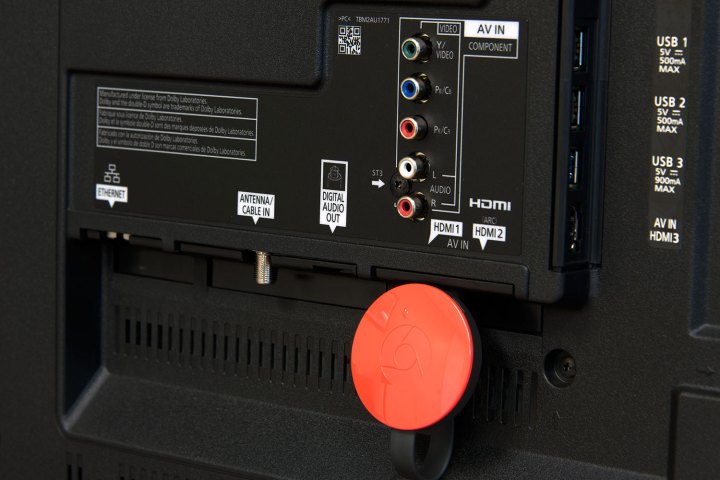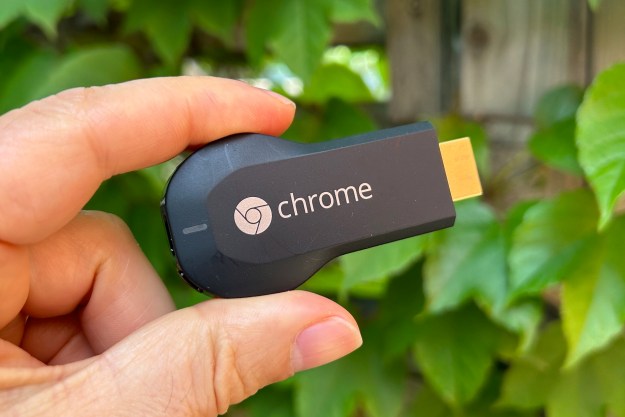
With such strong sales last year, Chromecast remains the leader in the streaming device market when it comes to sales, followed by Apple TV, Roku, and Amazon Fire TV, with other less popular devices making up a little over 10 percent of the total devices on the market.
Still, that doesn’t necessarily make the Chromecast the most popular device to actually use. Many users purchase the device because it is so cheap (a Chromecast device starts at $35 dollars), only to turn to higher-end devices such as Apple TV and Roku when they decide to dive deeper into straight-to-TV streaming.
“The device’s portability and low price at just $35 has made it an impulse purchase for many and household ownership of multiple Chromecasts is not uncommon,” said Strategy Analytics director of connected home devices David Watkins, “However, the mobile device is not necessarily the center of the universe for everyone and devices such as Apple TV, Roku and the Amazon Fire TV continue to prove popular with those looking for a more traditional remote-based and UI driven TV experience”
In terms of other threats to Chromecast’s dominance, all streaming device makers face serious impositions in the form of Smart TV manufacturers, whose sales amounted to 54 percent of all connected device shipments in 2015, according to the report.
Some companies, like Roku, are partnering with TV manufacturers like TCL to integrate their software into smart TVs, thus solving the competition issue. Google’s device hasn’t officially done so yet, though there have been rumors, and Google’s Android TV is already in TVs from Sony.
But low cost and easy installation mean that the Chromecast is still a good option for those looking to instantly transform their streaming possibilities at home — and that’s likely the reason it sold so well in 2015.
Editors' Recommendations
- A $20 Chromecast with Google TV is perfect for this one reason
- There’s only one streaming device that lets you escape ads
- Google is expanding Fast Pair, casting to more devices
- What is Android TV? Google’s smart TV platform fully explained
- How we test streaming video devices



